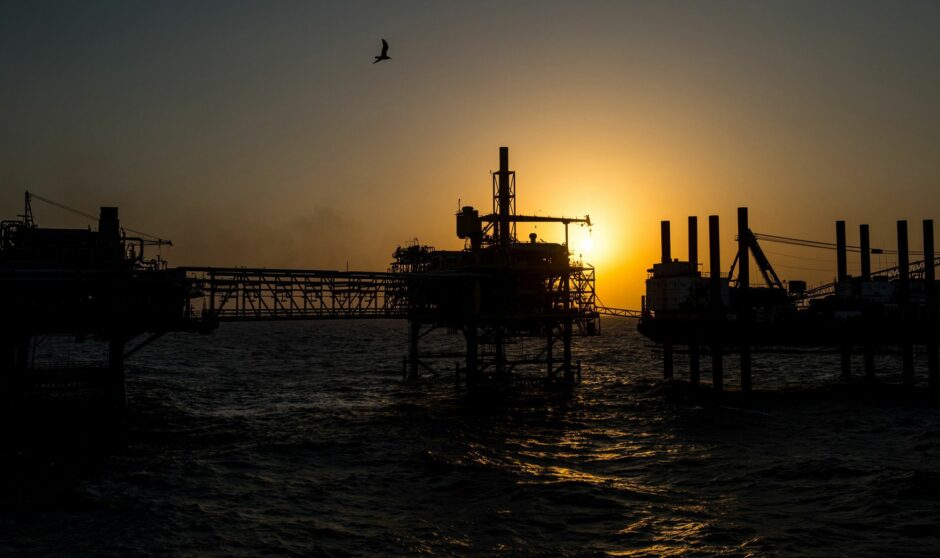
Brent oil roared above $80 a barrel, the latest milestone in a global energy crisis, on signs that demand is running ahead of supply and depleting inventories.
The international crude benchmark extended a recent run of gains to hit the highest since October 2018, while West Texas Intermediate also climbed.
Oil’s latest upswing has come with a flurry of bullish price predictions from banks and traders, forecasts for surging demand this winter, and speculation that the industry isn’t investing enough to maintain supplies. The jump to $80 is also adding inflationary pressure to the global economy at a time when prices of energy commodities are soaring. European natural gas, carbon permits and power rose to fresh records on Tuesday, with little sign of the rally slowing.
Oil has rebounded from its eye-watering collapse last year amid record output curbs from the OPEC+ group and a global economic recovery that has boosted demand. Prices could hit $90 this year as stock drawdowns deepen, Goldman Sachs says.
OPEC+ may even need to consider increasing production by more than its current plan of 400,000 barrels a day per month, Chris Bake, head of origination at Vitol Group, the world’s largest independent oil trader said in a webinar.
The oil market is a “different picture from the one that was there a month or six weeks ago,” Bake said. “Demand has been good. Oil substitution is happening a lot as natural gas just runs and spirals pricing-wise.”
Much of the outlook for the rest of the year is likely to hinge on just how cold the northern-hemisphere winter gets. Analysts and consultants have published a range of estimates for how much demand could be boosted by soaring gas costs and frigid temperatures, swinging from a few hundred thousand barrels a day to 2 million.
Oil has also managed to recover despite jet fuel — a key component of demand — remaining hobbled by the pandemic. Yet other pockets of consumption have rebounded strongly, including fuels used to make plastics and those used in manufacturing processes, such as diesel. Global oil consumption is expected to return to pre-pandemic levels in the third quarter of 2022, President of BP Singapore Eugene Leong said in an interview.
With prices now at $80 a barrel, forward values are also surging. WTI for 2022 is trading close to $71 a barrel. Gains in forward prices in theory make it more attractive for producers in the U.S. to lock in production, but growth has been limited this year as investors push for returns to shareholders instead of higher output.
“In oil we’re over $80 a barrel this morning on a Brent basis and we look at the rig counts in the U.S. and other parts of the world, they’re showing you that, hey, $80 a barrel is simply not enough,” Jeff Currie, head of commodities research at Goldman Sachs Group Inc. said in a Bloomberg Television interview. “There’s always some investor somewhere in the world that will put capital to work if the returns are high enough. The question is where is that number.”
Recommended for you
